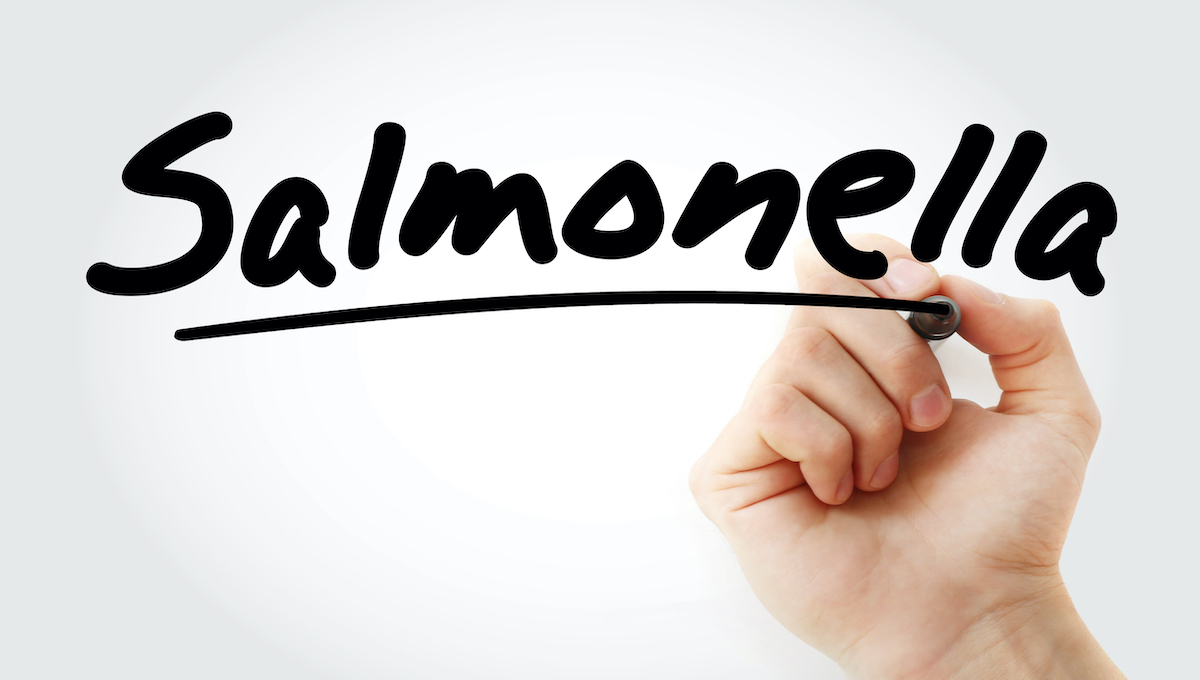
Researchers have provided more insight into what is thought to be the first Salmonella outbreak linked to frozen pre-cooked crayfish in dill brine.
In late September 2019, the Public Health Agency of Sweden (Folkhälsomyndigheten) identified a cluster of nine patients with Salmonella Newport infections. By the end of October, there were 25 cases with onset of disease from mid-August to mid-October.
At the start of the investigation, several patients said they had eaten crayfish. This was, however, not unexpected since crayfish feasts are a traditional celebration in Sweden in August and September. They are typically served cold, and frozen pre-cooked crayfish are ready to eat after thawing, without reheating.
Positive product sampling
A case–case study was done based on notified salmonellosis cases and a Salmonella trawling questionnaire, comparing 20 outbreak and 139 control cases. Outbreak patients were more likely to have consumed crayfish, according to the study published in the journal Eurosurveillance.
Based on additional work and the open-ended questions in the trawling questionnaire, one brand of frozen, pre-cooked whole crayfish in dill brine imported from China was identified as the source.
Results of the epidemiological investigation were communicated to ICA, the retail company selling the specific brand of crayfish in dill brine on Nov. 8. The retailer recalled all remaining packs. From these, with production dates from Nov. 30 to Dec. 4, 2018, they analyzed 84 samples from different batches.
Salmonella Newport was detected in six samples from batches with best-before dates Dec. 1 and 2, 2021, respectively. It was also found in the same brand of crayfish in dill brine in follow-up sampling at a border control post with a best-before date of Dec. 12, 2021. Isolates from food samples clustered with the human outbreak strain by WGS.
It is not known how the product was contaminated. Salmonella has been detected in wild crayfish and it is possible that they were undercooked. However, since Salmonella was found in two batches, indicating a persistent contamination, it is more likely that product was contaminated after cooking, by adding contaminated dill or by environmental contamination during preparation, according to the study.
Two cases after recall
In total, 33 cases were confirmed, with onset of symptoms between July 31 and Nov. 2, 2019. They were distributed among 12 of the 21 counties in Sweden, with between one and eight cases in each region. Sick people ranged in age from 1 to 82 years old and 20 were female.
Two other sick people with the outbreak strain were identified in 2020 and 2021. The case in 2020 had eaten crayfish from one of the recalled batches in 2019, but the ill person in 2021 claimed not to have eaten crayfish before disease onset.
“This demonstrates the difficulty of completely removing the risk associated with contaminated foods with long best-before dates, as the chance of connecting a food in the freezer with a recall, or news of an outbreak, decreases over time,” said researchers.
No other European countries reported an increase in Salmonella Newport.
(To sign up for a free subscription to Food Safety News, click here.)
